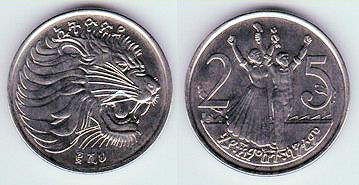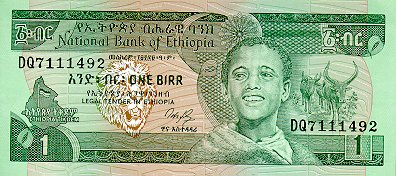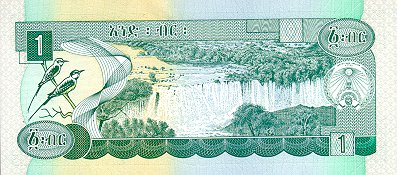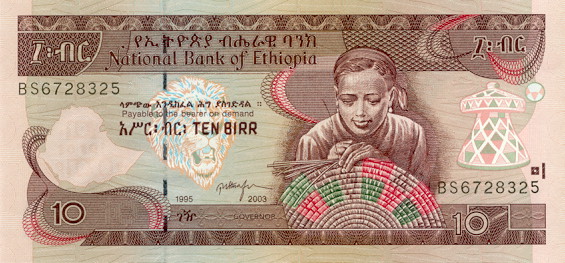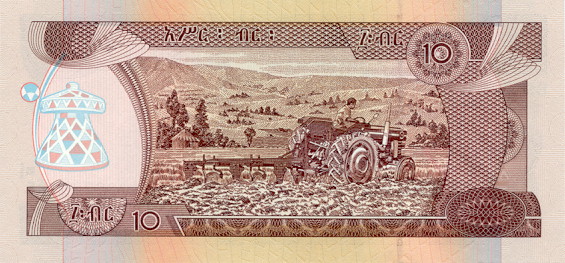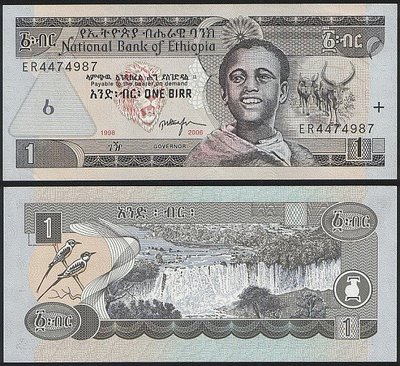אתיופיה – Ethiopia
אתיופיה 

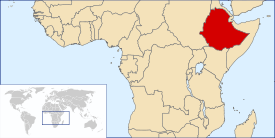
Early in its history Ethiopia used salt blocks known as amole tchew as currency. Later amole techew circulated alongside MTT which was adopted under the rule of Emperor Iyasu II who led the country from 1730 to 1755. In 1903, a quarter birr, and 1/16 birr known as a ghersh began to circulate in Ethiopia, and the official accounting currency became 1 birr = 16 ghersh = 32 bessa. In 1915 the Bank of
Abyssinia released banknotes, but they were used primarily by
merchants and foreigners
The birr was established as the monetary system of the Ethiopian Empire in 1893, during the early reign of Menelik II. In 1895, the first series of coins for the currency, consisting of denominations of ⅛, ¼, ½, and 1 birr, was issued by the Ethiopian government. The initial pieces were designed by French artist Jean Lagrange (1831–1908
What Is the ETB (Ethiopian Birr
The Ethiopian birr, the national currency of the Federal Democratic Republic of Ethiopia, is issued by the National Bank of Ethiopia, which manages its value through a dirty float. Each birr subdivides into 100 santims
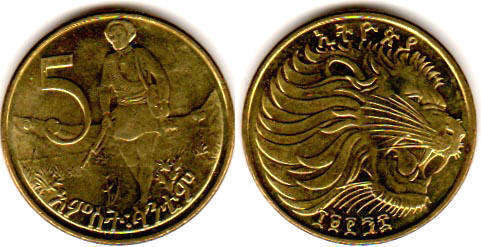
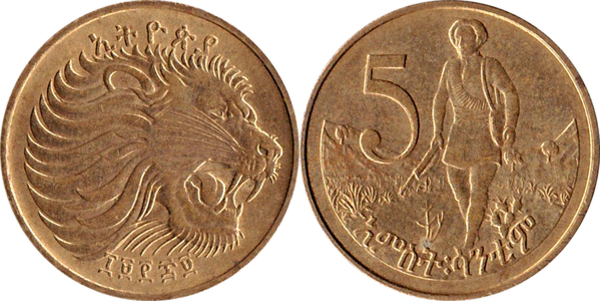
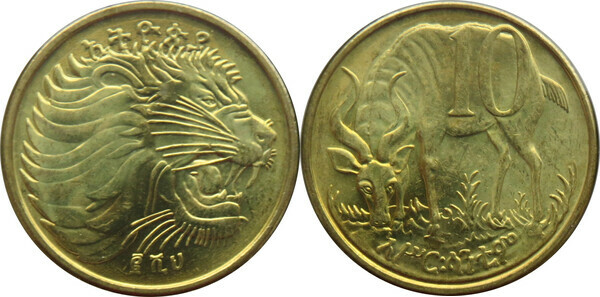
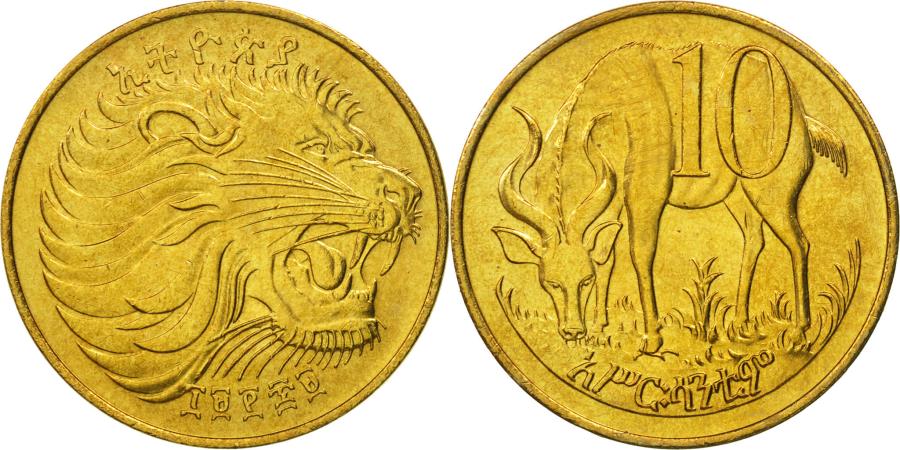
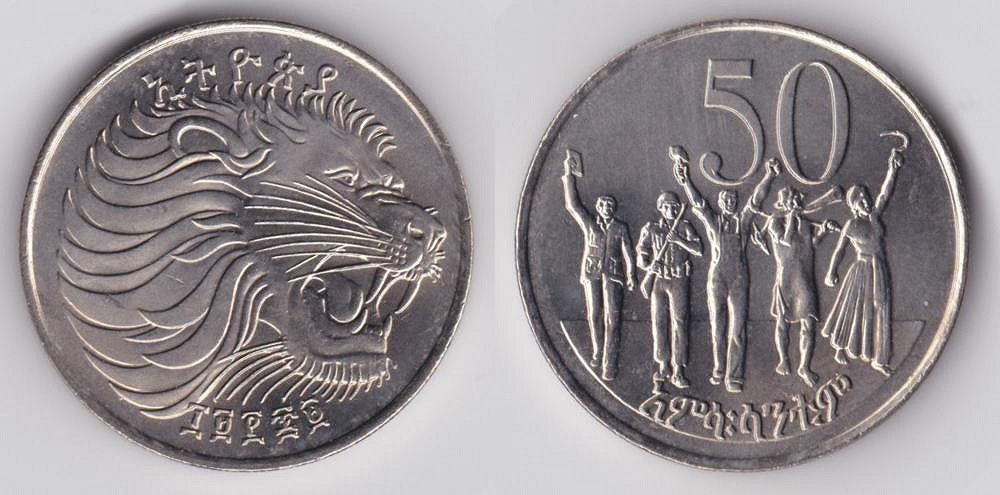
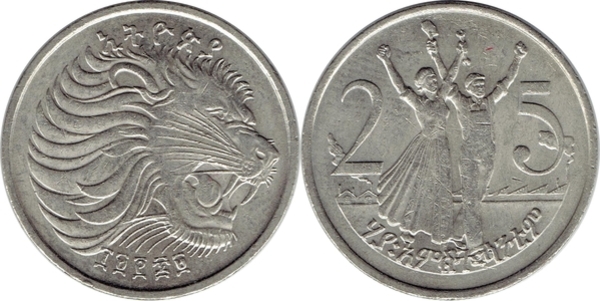
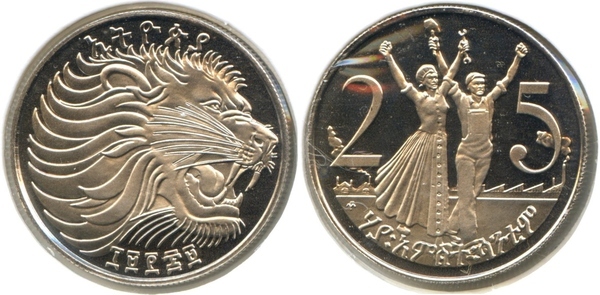
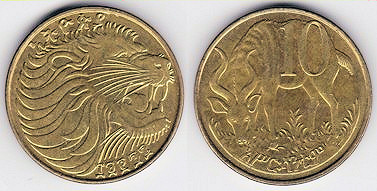
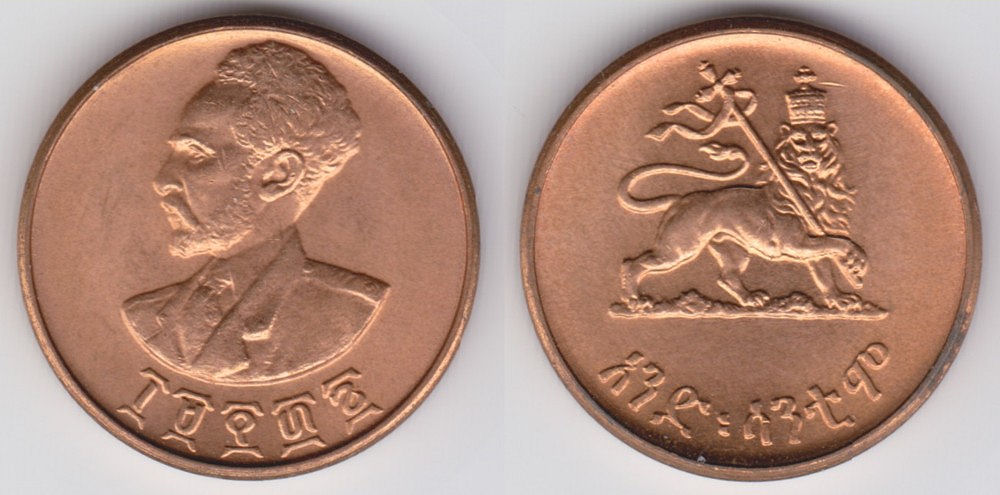
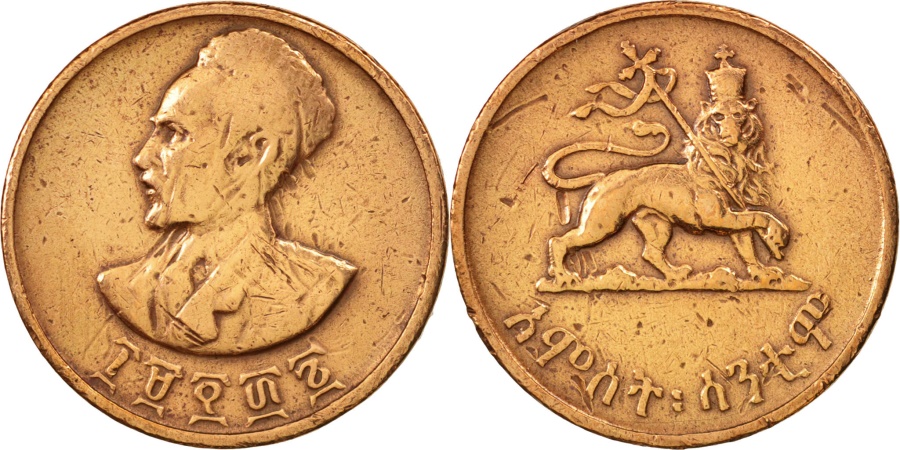
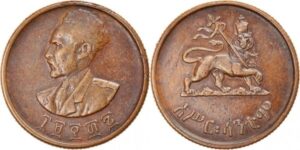
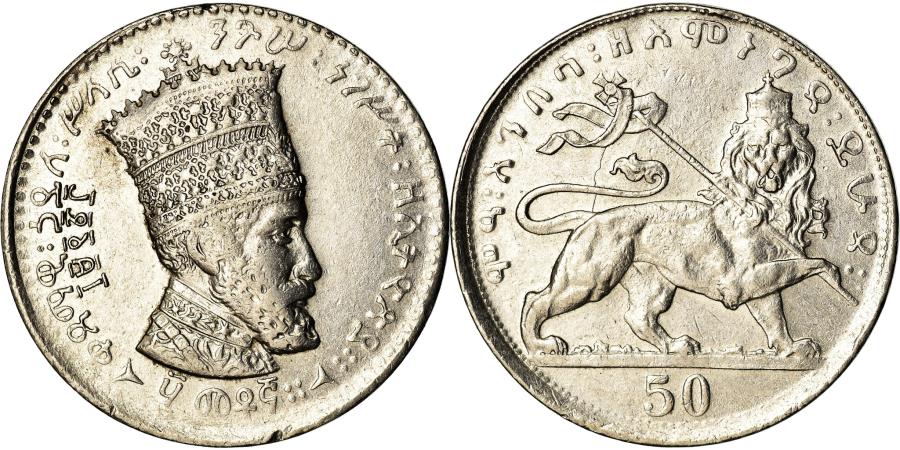
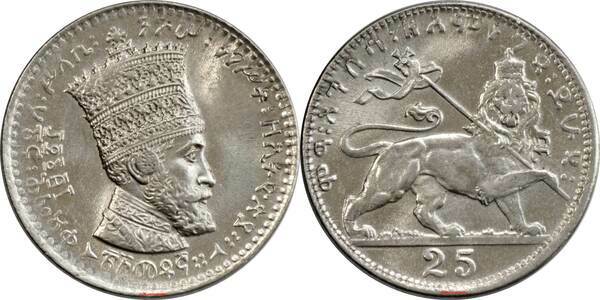
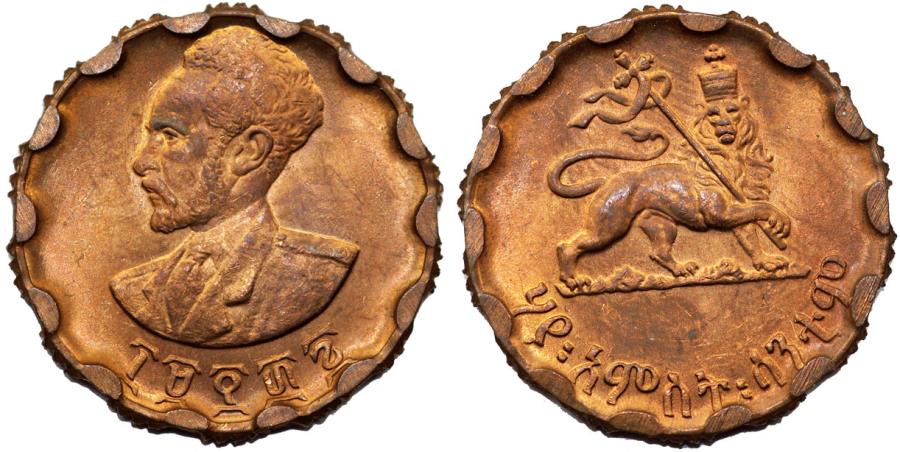
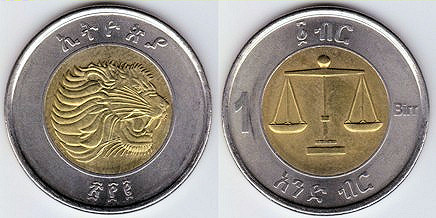
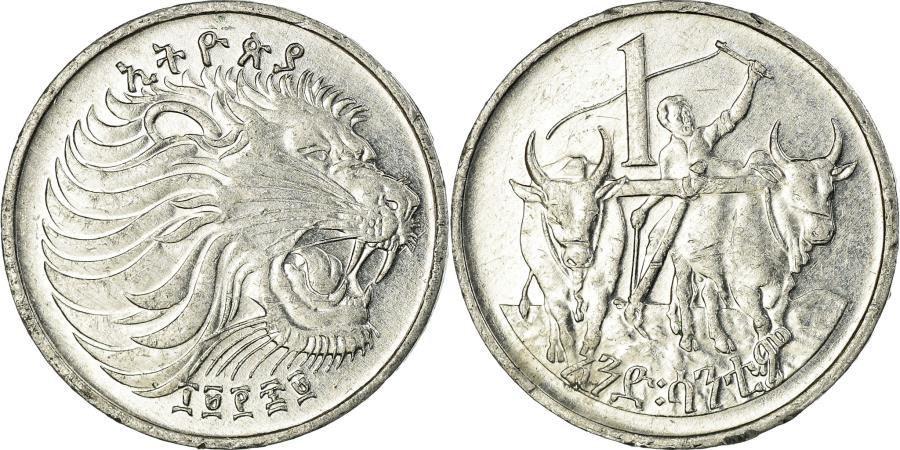
.jpg)
